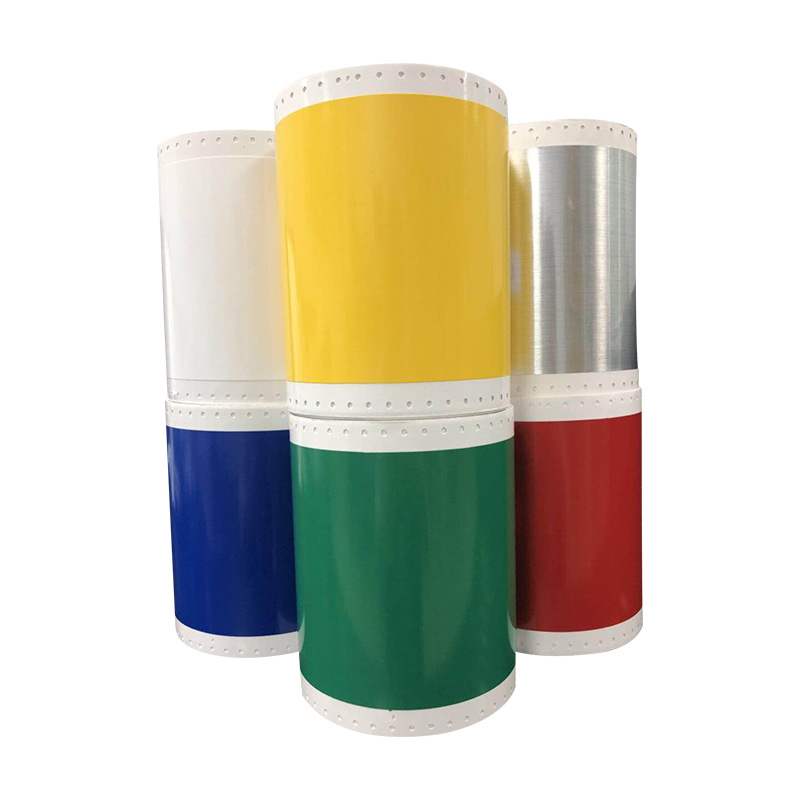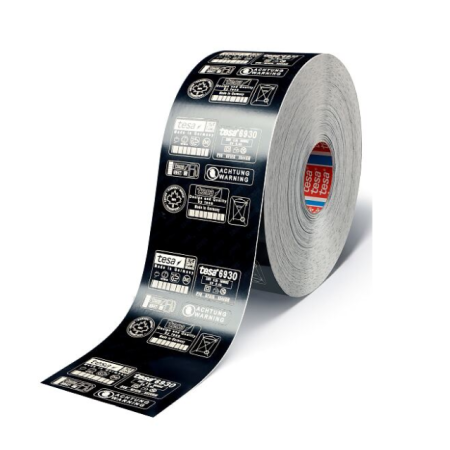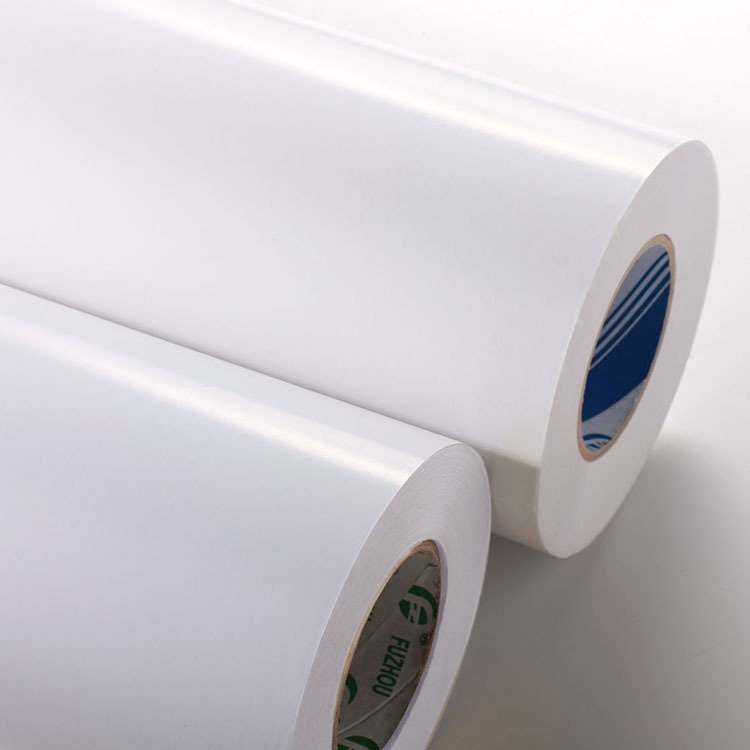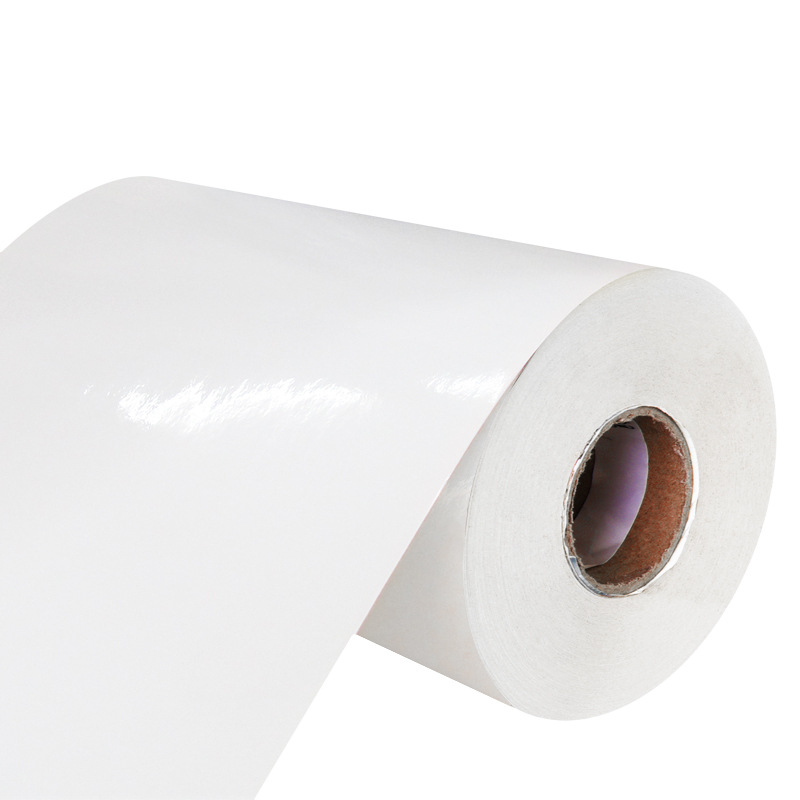What Makes High-Temperature Labels Special?
Sticker labels play a significant role in various industries, providing crucial information and identification for products. One particular type of label that stands out is the high-temperature label. These labels are specially designed to withstand extreme heat conditions, making them essential in industries such as automotive, aerospace, and manufacturing. In this article, we will explore the unique features and benefits of high-temperature labels.
1. Heat Resistance
High-temperature labels are specifically engineered to resist extreme heat. They are capable of withstanding temperatures well above what standard labels can endure. These labels are typically made from durable materials such as polyester, ceramic, or metal foils, which have excellent thermal stability. This heat resistance ensures that the labels remain intact and legible even in environments with elevated temperatures, such as industrial ovens, furnaces, or engine compartments.
2. Adhesive Performance
Another crucial aspect of high-temperature labels is their adhesive performance. Regular adhesives tend to lose their effectiveness and peel off when exposed to high temperatures. However, the adhesive used in high-temperature labels is specifically formulated to maintain its bonding strength even in extreme heat conditions. This ensures that the labels remain securely attached to the products, preventing any loss of vital information or identification.
3. Chemical Resistance
In addition to heat resistance, high-temperature labels also exhibit excellent chemical resistance. Many industrial processes involve exposure to various chemicals, solvents, oils, and fuels, which can deteriorate standard labels. High-temperature labels are designed to withstand these harsh chemical environments without fading, smudging, or deteriorating. This chemical resistance ensures that the labels remain legible and functional, even in the presence of aggressive substances.
4. Durability
High-temperature labels are known for their exceptional durability. These labels are built to withstand not only extreme temperatures but also physical stress and environmental factors. They are resistant to abrasion, moisture, UV exposure, and other challenging conditions. This durability ensures that the labels maintain their integrity and legibility throughout the product's lifecycle, even in demanding applications like automotive engines or aerospace components.
5. Compliance and Safety
High-temperature labels often play a crucial role in compliance and safety regulations. In industries such as automotive or aerospace, where strict regulations govern the use of materials and components, high-temperature labels provide essential information about the product's specifications, manufacturing date, or safety warnings. These labels ensure that products meet the necessary standards and help prevent potential hazards or accidents.
Conclusion
High-temperature labels are a vital asset in industries that require durable and reliable identification solutions in extreme heat conditions. Their heat resistance, adhesive performance, chemical resistance, durability, and compliance features make them indispensable in applications where standard labels would fail. By using high-temperature labels, businesses can ensure that their products are accurately identified, tracked, and remain in compliance with industry regulations, ultimately enhancing safety and efficiency in various sectors.
We offer comprehensive technical support, including free professional labeling solutions, advice on label materials and adhesive selection, as well as online/offline assistance from professional software and hardware engineers. Service email: andy@ownlikes.cn. In pre-sales, we leverage our extensive experience in specialty labeling projects to provide clients with the most suitable hardware solutions. Additionally, all our label barcode printers and scanners come with a three-year free warranty, demonstrating our confidence in our products.






This site is protected by reCAPTCHA and the Google Privacy Policy and Terms of Service apply.